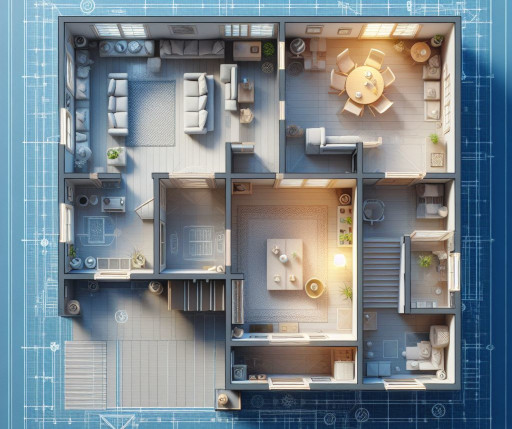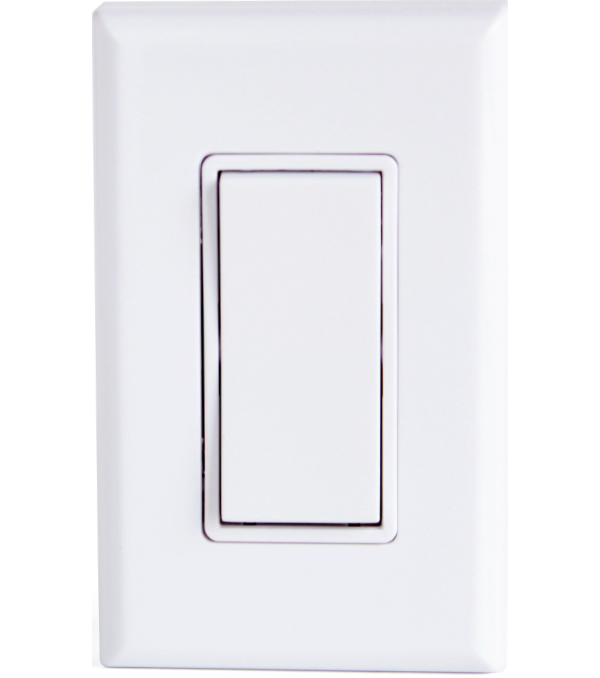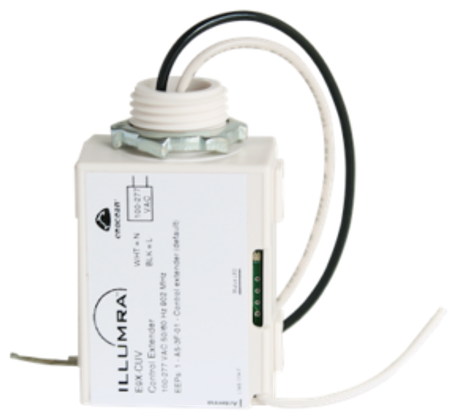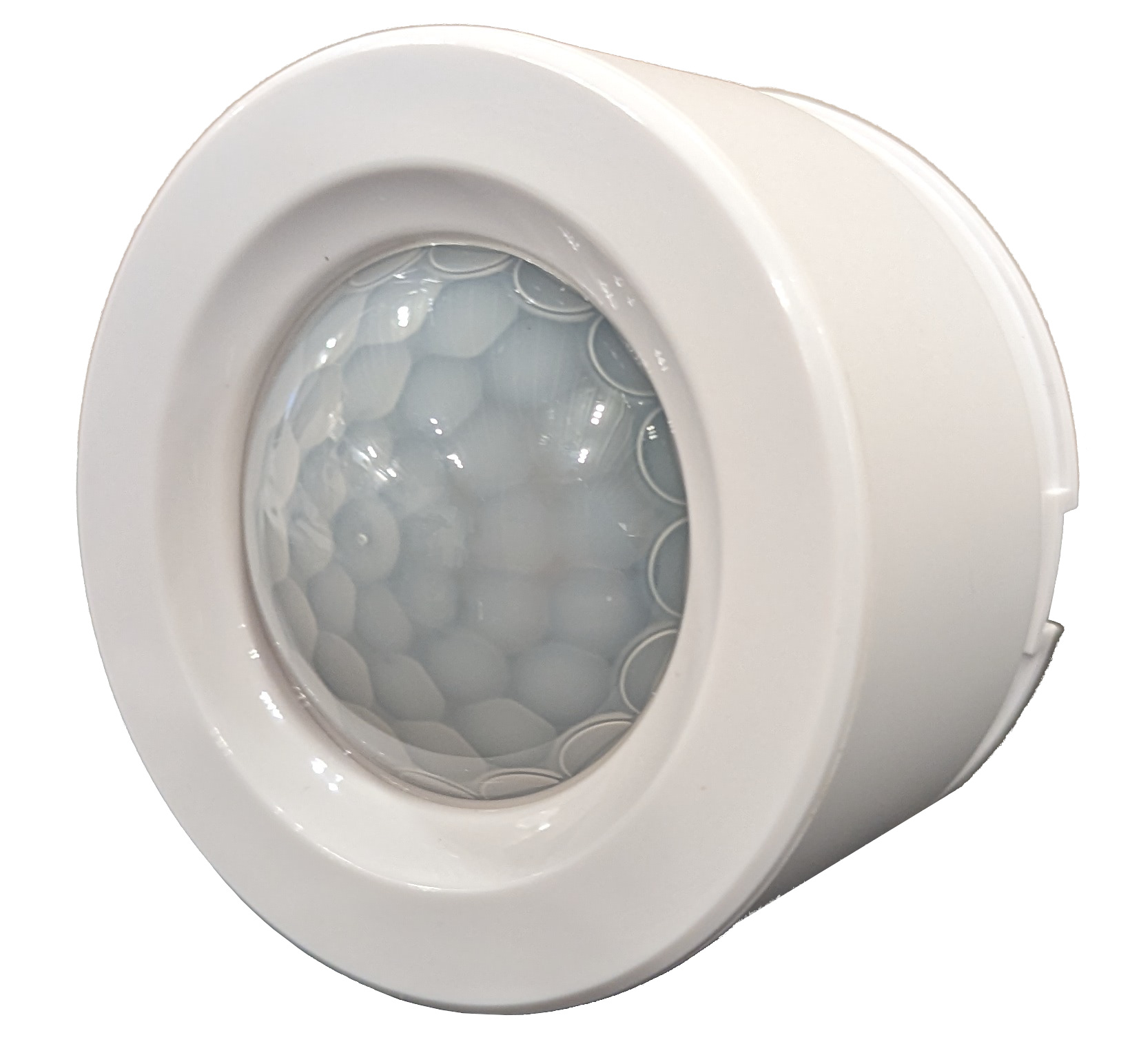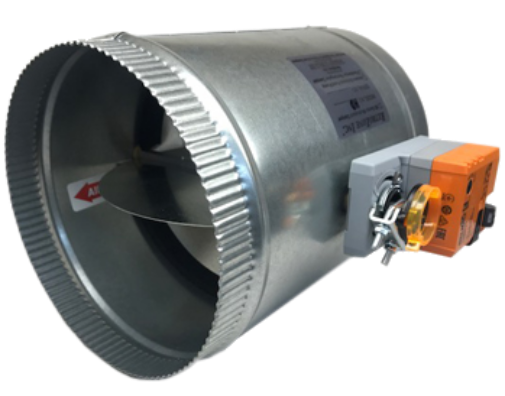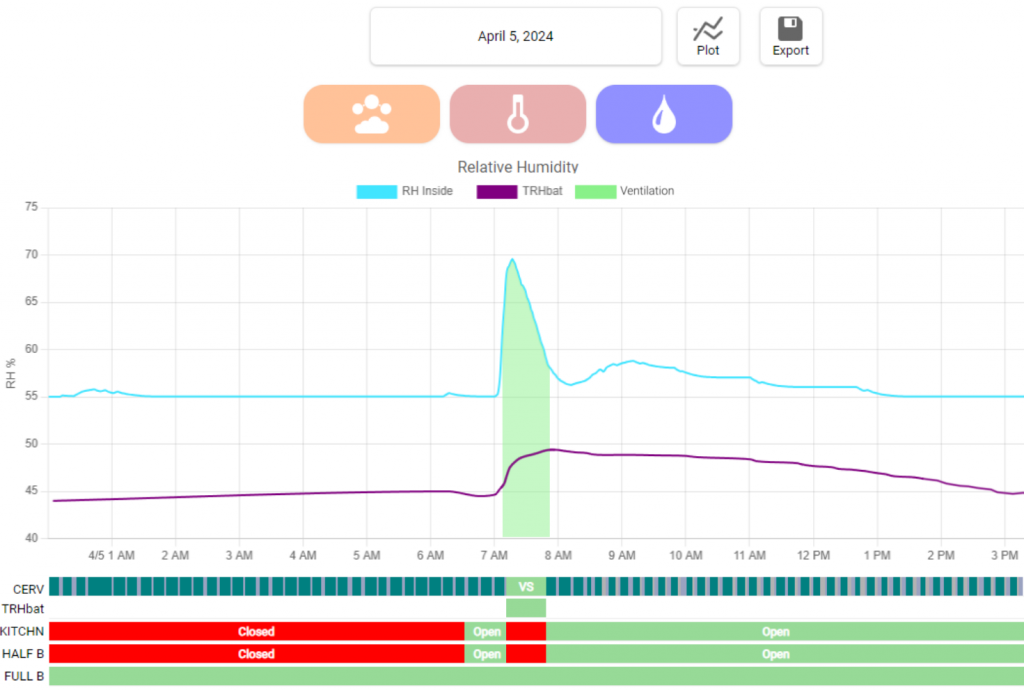CERV2 Ventilation Triggers
The CERV2 system offers a variety of user-friendly methods to trigger ventilation in zones:
- Wireless, Battery-Free Wall Switches: These switches activate ventilation with a simple press. Users can program the desired vent duration and fan speed for optimal control.
- Active Circuit Transmitters (ACTs): Placed in line with a powered circuit (light, kitchen vent hood fan, etc), ACTs wirelessly signal the CERV2 unit to initiate a triggered vent mode when a circuit is in use.
- Occupancy Sensors: Strategically placed occupancy sensors can automatically trigger ventilation when occupants are enter a space.
- Wireless Remote Temperature & Relative Humidity Sensor: This sensor detects spikes in humidity often associated with cooking or showering, prompting the CERV2 system to initiate ventilation.
- Wired Input Channels: The CERV2 offers wired input channels that can be triggered by external controls or smart home automation systems.
Zone dampers provide a targeted approach to ventilation, concentrating airflow where it is most needed without necessarily requiring an overall increase in fan speed. The CERV2 system facilitates a user-friendly zone damper setup, with zone dampers available in 4″, 6″, and 8″ sizes.
In this example, Zone dampers react to a local exhaust event triggered by occupancy detection in the powder room. Dampers in all unoccupied zones partially close (to roughly 20-30% of their full open flow), while the damper serving the occupied powder room remains fully open. If another bathroom becomes occupied, its corresponding damper will also open (for instance, Kitchen ventilation activation triggers the kitchen damper to open entirely along with the Powder Room).
This approach offers a significant advantage over simply increasing the fan speed. By strategically adjusting zone dampers, the CERV2 system can deliver enhanced exhaust ventilation in targeted areas without requiring an overall increase in airflow throughout the residence. Zone damper implementation might appear complex, but the CERV2 system’s “plug-and-play” functionality simplifies Ventilation Trigger and Zone Damper configuration.
The above image shows a real-word example of a remote Temperature & Relative Humidity (Purple – TRHBat) sensor triggering the CERV to ventilate when it detects a spike in humidity, indicating a shower event. The blue line (RH Inside) shows the relative humidity measured by the CERV itself. As the RH sensor is triggered to ventilate, the system closes down the Kitchen (KITCHN) and Half Bath (HALF B) zone dampers to favor removing air from the bathroom with the sensor (FULL B).
Related Articles
newspaperFeatured Article - Kitchens are Exhausting!
newspaperFeatured Article - Efficient, Smart Bathroom Ventilation with the CERV2
design_servicesDesign Resource - Handling Humidity: Understanding and Modeling Humidity





